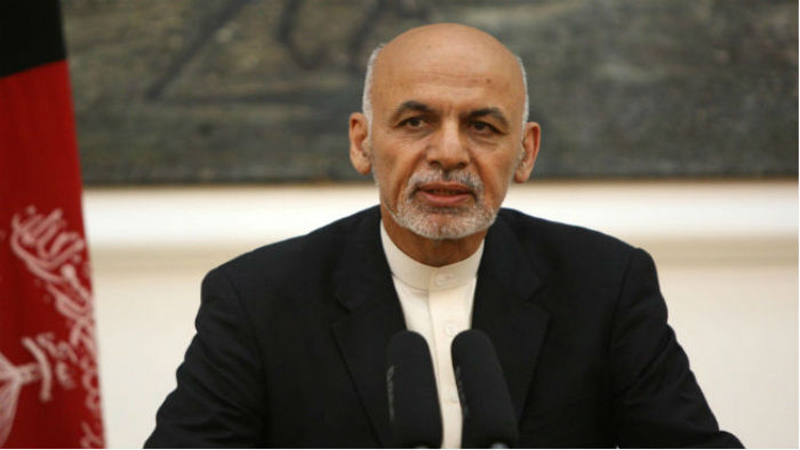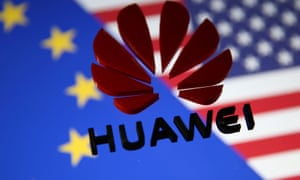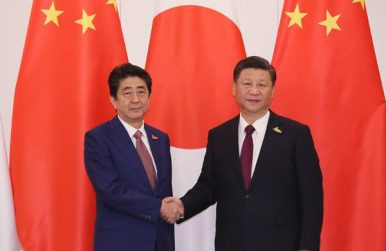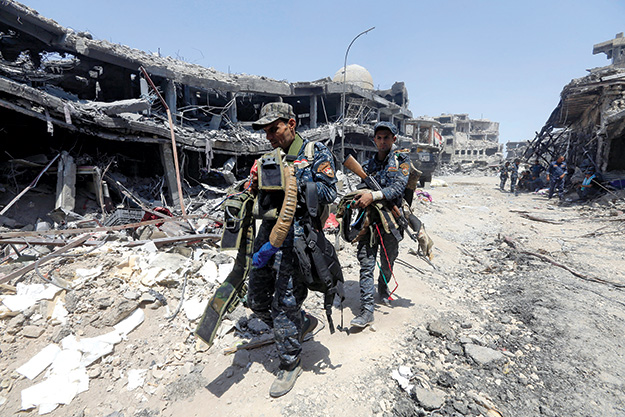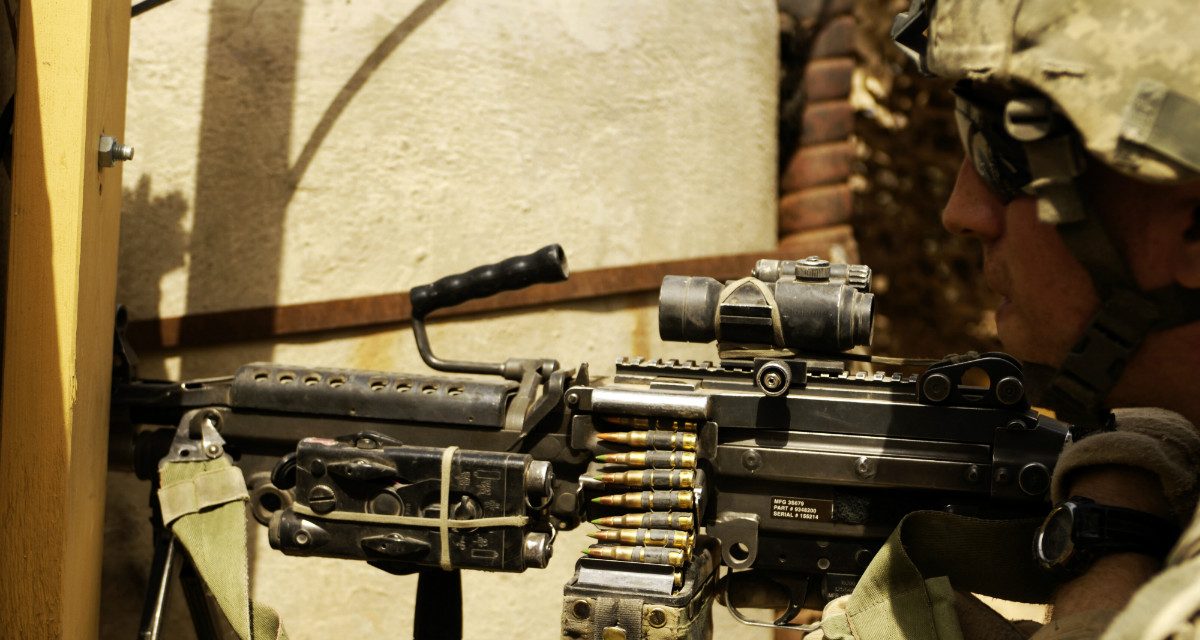Ananth Krishnan
 India is not unique in the wave of Chinese tech acquisitions, but the absence of any robust debate on the implications is rather curious.
India is not unique in the wave of Chinese tech acquisitions, but the absence of any robust debate on the implications is rather curious.
For years, India’s relationship with its biggest trading partner, China, has been defined by a one-sided kind of “buy-buy” – Indian hunger for Chinese machinery and equipment. In return, India exported low-grade ores to China. A trade surplus in China’s favour has now crossed $50 billionout of two-way trade of around $85 billion.
While the focus of India’s current trade strategy with China is to bridge the gap, chiefly by increasing exports of agricultural commodities hit by the China-US trade war, Beijing’s priorities have shifted elsewhere.
Since 2015, around $7 billion in Chinese funding has poured into the Indian tech sector. A dizzying range of acquisitions has now left Chinese companies as major shareholders of some of India’s biggest tech companies.
